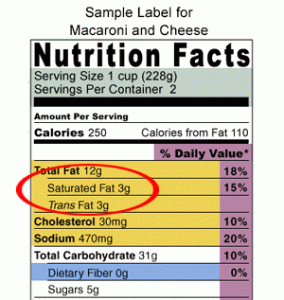Good Fats: Healthy Aging Tips for National Nutrition Month
Fats in your diet give you energy and also help your body absorb vitamins. Your body needs a limited amount of certain kinds of fats. On the other hand, eating too many high-fat foods will likely add excess calories and lead to weight gain. When cutting back on fat, it’s important to know which fats to include in your diet and which fats to limit.
Fats to include in your diet, according to the National Institutes of Health’s Senior Health website:

- Choose polyunsaturated and monounsaturated fats when possible.
- Sources of better fats include vegetable oils such as soybean, corn, canola, olive, safflower, and sunflower oils.
- Polyunsaturated fat is also in nuts, seeds, and fish. Walnuts, flaxseed and salmon are examples of foods with polyunsaturated fat.
- Aim to limit total fats to 20 to 35 percent of your daily calories. For instance, if you eat and drink 2,000 calories daily, only 400 to 700 of the calories should be from fats. The number of calories from fat in a serving of packaged foods is listed on the Nutrition Facts label of the package.
 Skip to main content
Skip to main content

